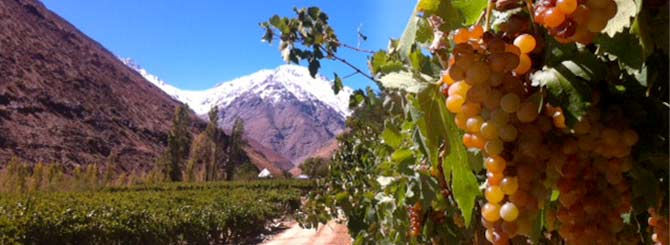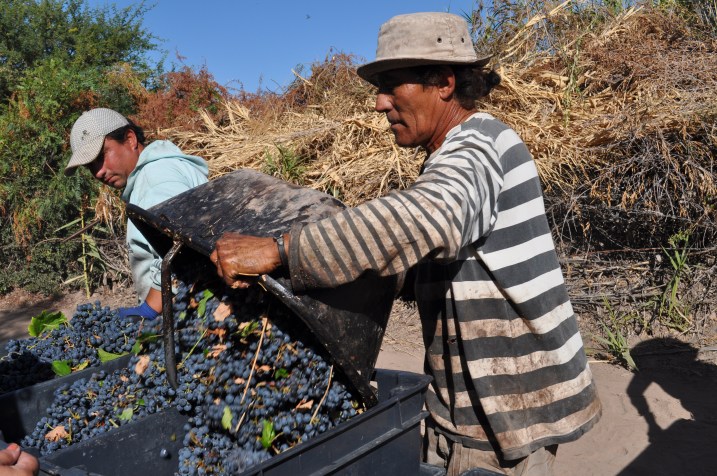Chile Harvest Report 2016

Written for Decanter April showers hit the Chile 2016 vintage, with some producers describing conditions as more like those on France’s Atlantic coast and overall production down by a fifth versus 2015. With wine regions spanning over 1000km, the Chile 2016 vintage was always going to have regional variation. But, most areas experienced a cooler […]
El Nino hampers Argentina’s 2016 harvests

Written for Decanter The El Niño weather cycle saw Argentina report its worst pre-harvest grape losses since 1957, with production in 2016 expected to be 27% smaller than 2015 across the country and 39% down in Mendoza. A cool and wet spring set the harvest back by a month. April was a wash out with […]
South Africa Vintage Report 2015

Some claim it is one of South Africa’s best vintages for decades, but that doesn’t mean it was without drama. Written for Wine-Searcher So, how was the 2015 harvest in South Africa? “Like a rat up a drainpipe being pursued by a Cape cobra,” was the analysis of Fledge & Company’s Leon Coetzee. “It was […]
Argentina Vintage Report 2015

It’s been a tricky harvest for much of Argentina, with yet another warm and wet vintage that will separate the good winemakers from the inexperienced. Written for Wine-Searcher Argentina received the tail-end of Chile’s odd climatic year. In the south, the Patagonian region of Chubut had to pick earlier than planned in order to avoid […]
Chile Vintage Report 2015

Chile has had a pretty wild ride this year, marked by floods and volcanic eruptions. The resulting wines will be mixed but the warm season looks promising for Mediterranean varieties. Starting in the north of the country, a hot and very dry growing season pushed harvest times forward by a couple weeks. “We have had […]
South America 2014 vintage report

Written for Wine-Searcher © Amanda Barnes | Rainclouds were common over Mendoza during the 2014 vintage The grapes of the 2014 vintage in the Southern Hemisphere are safely in wineries and, while the weather has not been kind to many regions, overall the quality looks good. Argentina For a land that is normally blessed with […]
The silver lining to Chile’s 2014 harvest
Written for Wines of Chile While the year certainly started on a hard note for Chile with an unexpected and ferocious frost across many of the wine regions, nine months later the wine that has made its way into the wineries is looking promising for a high quality vintage. The difficult start to the vintage […]
Young Wine Writer of Year Award 2012: Runner Up

My entry to the Young Wine Writer of the Year Award (UK) which placed as Runner Up. The True Face of Harvest Carlos wiped the dripping sweat from his brow. His stout index finger brushed his right eye, and the vinegar he had doused on it stung the crease of his eyelid. He winced and […]

